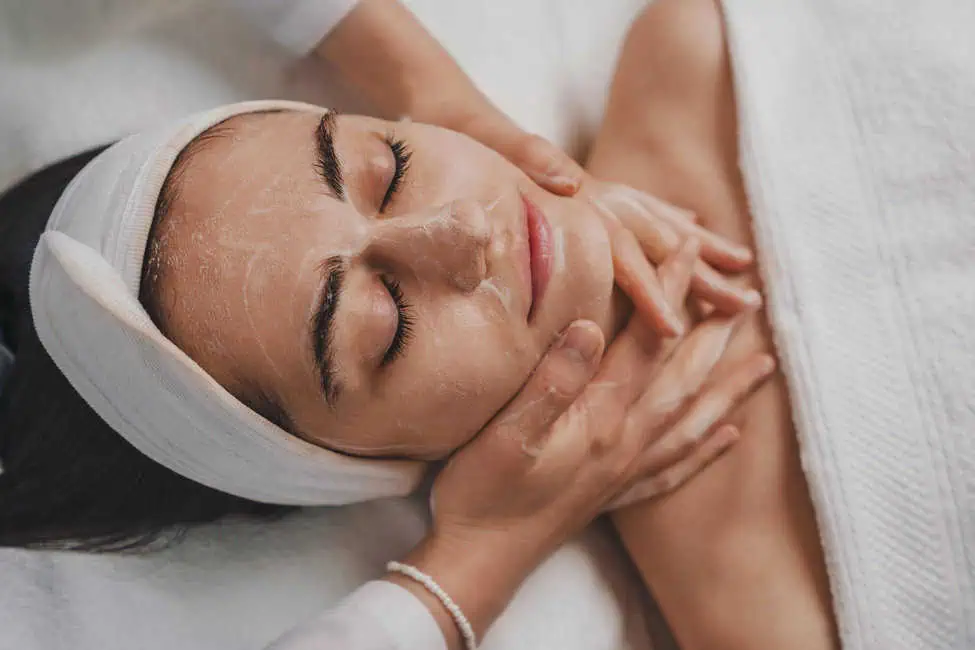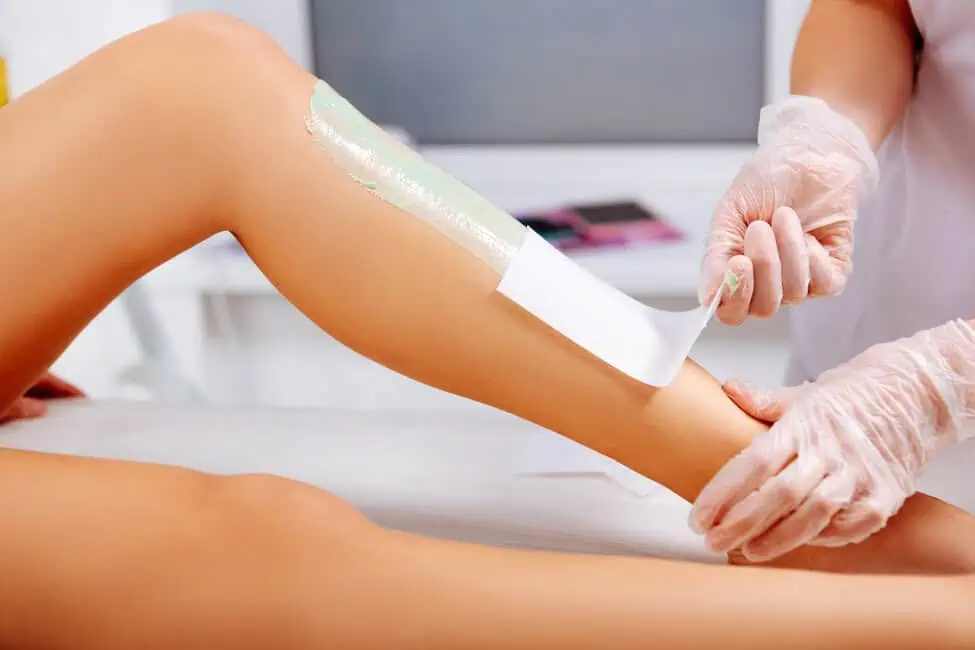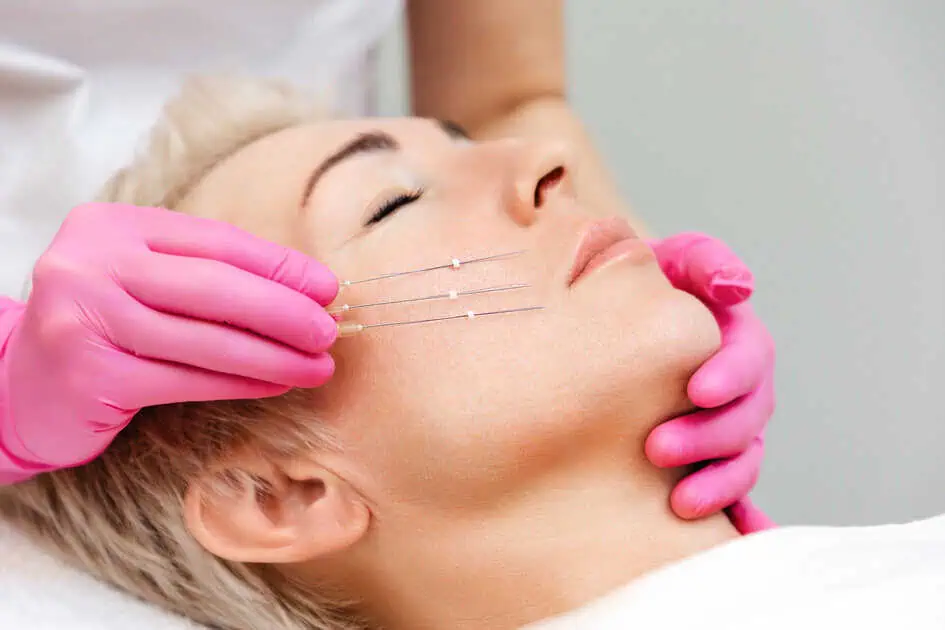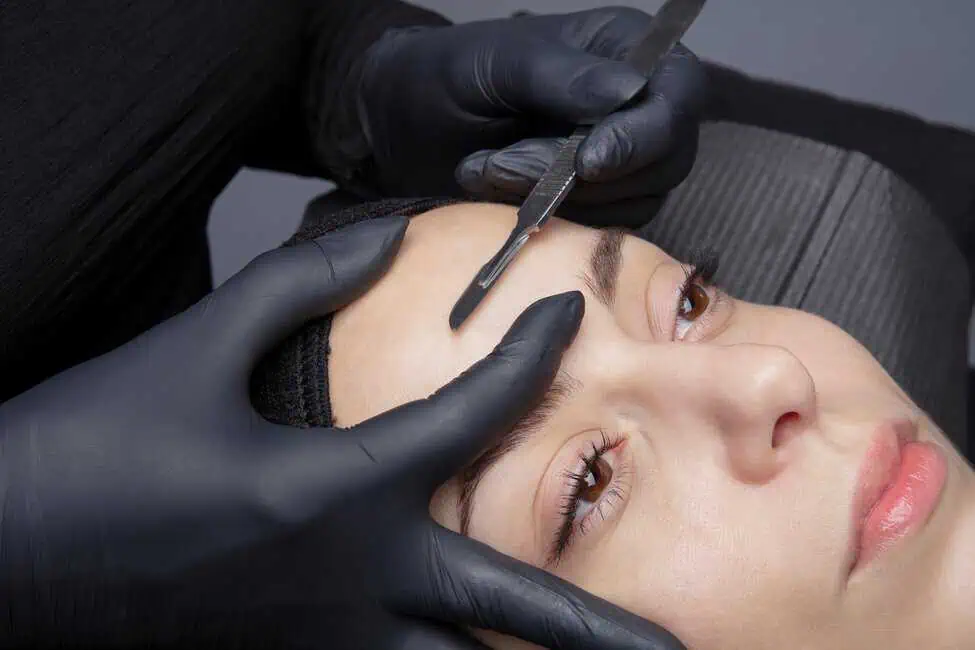Pursuing flawless skin has resulted in various skincare treatments, with chemical peels being a leading choice. A chemical peel uses a chemical formula to enhance skin texture and appearance. While it might seem intimidating, the advantages of chemical peels are substantial. From diminishing fine lines and wrinkles to fading dark spots and hyperpigmentation, chemical peels create a youthful and glowing complexion.
However, being informed about any beauty treatment’s risks and side effects is crucial. So we will examine the benefits of chemical peels, how they transform your skin, and the potential risks and side effects to consider before deciding if this treatment is suitable for you.
Chemical Peel Benefits
Chemical peels provide numerous benefits to improve skin appearance and health. Here are the top advantages of chemical peels:
- Enhanced skin texture and appearance: By eliminating the outer layer of dead skin cells, chemical peels reveal fresher, younger-looking skin that is smoother and softer.
- Diminished appearance of fine lines and wrinkles: Chemical peels stimulate collagen production, tightening and firming the skin and reducing fine lines and wrinkles.
- Fading of dark spots and hyperpigmentation: Chemical peels dissolve excess pigmentation in the skin, resulting in a more even skin tone and a more luminous complexion.
- Acne and oil reduction: Chemical peels help unclog pores and regulate oil production, which is especially practical for those with oily or combination skin.
How It Works
If you’re considering a chemical peel, you may wonder how it operates. Chemical peels employ a chemical solution to enhance skin texture and appearance. The specific chemical and strength depend on your skin’s unique needs and the desired results.
Fundamentally, chemical peels remove the outer layer of dead skin cells from the skin’s surface. This exfoliation process enhances skin texture and reveals smoother, fresher-looking skin. However, the advantages of chemical peels extend beyond basic exfoliation.
Types Of Peels
Depending on the chemical used, a peel can reach deeper skin layers, stimulating collagen production and resulting in a firmer, more youthful complexion. Chemical peels can also help reduce fine lines and wrinkles and fade dark spots and hyperpigmentation.
Three primary chemical peels are superficial, medium, and deep. Superficial peels are the mildest, treating minor skin concerns like dullness or minor pigmentation issues. Medium peels are more intensive, treating skin concerns such as fine lines, wrinkles, and acne scars. Deep peels are the most intensive, addressing severe skin concerns like deep wrinkles and extensive scarring.
Chemical peels generally dissolve the bonds between dead skin cells and the underlying skin layers, promoting cell turnover and revealing fresher, smoother skin. The specific chemical, its strength, and the application duration determine the level of exfoliation and resulting benefits.
Chemical Peel Procedure
The chemical peel procedure can be summarized in the following steps:
- Consultation: Discuss with a skincare professional to determine the appropriate peel type and chemical solution for your skin.
- Pre-treatment preparation: Use specific skincare products to prepare your skin for the peel, which may last a few days to several weeks.
- Cleansing: The professional will clean your skin to remove makeup, dirt, and oils before applying the chemical solution.
- Applying and monitoring the chemical solution: The solution is applied to your skin, and the professional observes the skin’s reaction and application time.
- Neutralizing and removing the solution: The solution is neutralized and removed from your skin, followed by soothing treatments to alleviate discomfort.
- Post-treatment care: Follow the professional’s instructions for post-treatment care, including using gentle cleansers, moisturizers, and sunscreen.
- Recovery: Allow your skin to heal, which may involve redness, peeling, or flaking. Recovery time varies depending on the peel type.
- Follow-up appointments: Attend follow-up appointments as needed and consider multiple sessions for optimal results, spaced several weeks apart.
Who Should Consider Chemical Peels?
If you’re considering a chemical peel, you may question whether it’s the proper treatment. Chemical peels can significantly improve skin texture and appearance but may only be suitable for some.
Primarily, it’s vital to understand that chemical peels involve potent chemicals that can cause skin irritation and other side effects. Consequently, only some are ideal candidates for this treatment. Generally, chemical peels work best for those with fair to medium skin tones and no history of abnormal scarring or pigmentation.
Consider your skin concerns when deciding if a chemical peel is appropriate. Chemical peels can address various skin concerns, including fine lines and wrinkles, hyperpigmentation, and acne scars. However, they may not be the best choice for those with specific skin conditions, such as eczema, rosacea, or active cold sores.
Ultimately, consult with a professional before deciding to get a chemical peel. A skincare specialist can help determine if a chemical peel suits your skin type and concerns. They can also recommend the proper peel type and chemical solution strength to achieve the desired results without damaging your skin.
Risks and Side Effects of Chemical Peels
While chemical peels can powerfully improve skin texture and appearance, they also have risks and side effects. If misused, chemical peels use potent chemical solutions that can cause skin irritation and other unfavorable reactions.
Common side effects of chemical peels include redness, dryness, and skin flaking. These side effects are typically mild and usually settle unassisted within a few days to a week. However, more severe side effects can occur, primarily if the chemical solution is applied too deeply or left on the skin for too long.
Some of the more serious side effects of chemical peels can include scarring, infection, and changes in skin pigmentation. These side effects are rare but can be severe and require medical attention.
In addition to the risk of side effects, not all chemical peels are equal. Some chemical solutions are stronger and more abrasive than others, increasing the risk of adverse reactions. Collaborate with a professional to determine the appropriate chemical solution strength and application duration for your specific needs.
Takeaway
Are you ready to reveal your most vibrant and youthful complexion? Elle Aesthetics is here to help you achieve your skincare goals with personalized chemical peel treatments tailored to your unique needs.
Our skilled professionals at Elle Aesthetics specialize in crafting customized treatment plans that address your skin concerns and enhance your natural beauty. Don’t wait any longer to experience the benefits of our expertly applied chemical peels and other state-of-the-art aesthetic skin services.
Take the first step towards a more assured and radiant you. Schedule a consultation with Elle Aesthetics today, and let us advise you on your journey to beautiful, glowing skin. Contact us now and unlock your skin’s true potential!








